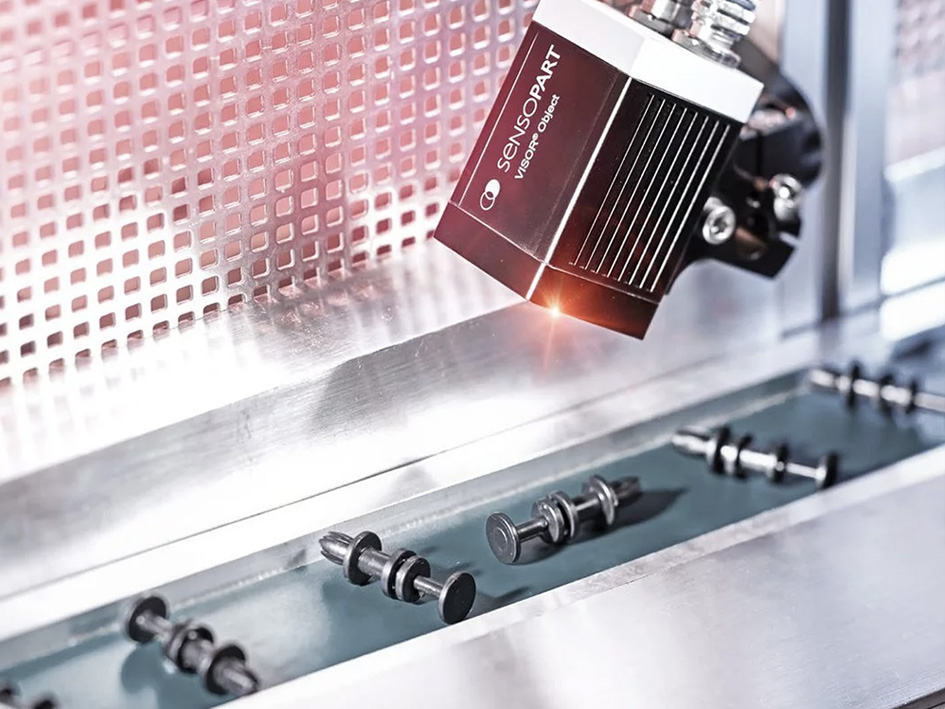Where efficiency meets affordability for UK manufacturing
Cobot welding is already transforming production across the UK. As a trusted Universal Robots partner, Olympus Technologies supplies plug-and-play welding cobot cells that slash weld costs with UR cobot welding, lift productivity, and modernise industrial fabrication without major civil work or costly disruption.
Pairing UR cobots with proven gas metal arc welding equipment gives repeatable paths, high quality welds, and consistent process control. You keep ownership of the welding workflow while the cobot handles the repetitive tasks that slow teams down. The result is higher output, fewer defects, and better quality.
Welding processes that match your work
Olympus specifies cells around your actual parts and materials. Supported welding processes include MIG, MAG, and TIG welding, selected to suit the base metal, filler metal, shielding gas, finish requirements, and takt time. For thin-gauge aluminum and cosmetic panels, laser welding delivers speed with low heat input and minimal distortion. Classic arc welding techniques and legacy stick welding remain useful comparison points, yet modern automated cells usually produce better consistency and precision.
Every solution is customised to your joints, connections, fixtures, welding power source, monitoring systems, and quality assurance standards. Olympus will assess the right equipment, process parameters, and position requirements so the system fits your industry and not the other way around.
Why choose a welding cobot
Cut cost per part
Automated paths reduce rework, scrap, and labour cost. You improve productivity while keeping employees focused on higher value work. UK SMEs typically see faster cycles and fewer defects.
Put skilled welders where they add value
Let the cobot handle repetitive seams. Your welders can focus on complex joints, prototypes, and inspection. This improves penetration, bead appearance, and overall consistency without adding headcount.
Safer, better workplaces
UR cobots include built-in safety features. When combined with fume extraction, ergonomic layouts, and correct processes, you create a healthier cell and happier operators.
UK-based support and services
From West Yorkshire, Olympus provides training, diagnostics, and remote support that resolves around 95 percent of issues from site. You get practical services, reliable data for traceability, and a company that stands behind the solution.
Smarter programming, faster switching
With Olympus URCap, operators can teach paths by hand. Set parameters on the pendant, save the program, and resume later. Quick switching between parts suits high-mix, short-run manufacturing, where agility is critical.
Laser welding when appearance matters
Laser welding can run up to four times the speed of TIG on the right parts, with lower heat and reduced distortion. It is ideal for stainless and aluminium components that need cosmetic finishes and tight tolerances.
Great for:
- Thin stainless or aluminium assemblies that require minimal heat input
- External panels in commercial products where appearance is a priority
- Fixtures with tight geometric or cosmetic tolerances that reward precision
Compact cell layouts fit into dense industrial spaces without compromising access or safety.
Implementation that fits your window
Olympus will review materials, weld positions, joint types, and fixture concepts, then recommend the right welding process, welding power source, torches, and monitoring systems. Cells drop into existing bays, which shortens the deployment window and avoids heavy works. On-site training helps each operator obtain confidence on a simple touchscreen interface.
Optimisation across the whole workflow
These systems do more than weld. Integrated fixtures, turntables, sensors, and inline inspection provide quality feedback and data for traceability. Alerts trigger when thresholds are not met, which protects reliability and consistency. In high-mix environments one operator can oversee multiple parts and still maintain control. That is optimization that you can see on the shop floor.
Real-world example
Amcanu, a UK fabricator, adopted an Olympus welding cobot to scale production while holding quality steady. The benefits included fewer defects, more predictable schedules, and stronger reliability. If you want to validate the idea, Olympus offers live demos where you can run a sample program, evaluate weld quality, and check system integration before you pay for a full roll-out.
The takeaway
From traditional arc and stick welding to advanced laser welding, Olympus Technologies helps manufacturers automate the welding process and raise performance.
You gain:
- Lower scrap, labour, and defects
- Greater consistency, cosmetic quality, and accurate inspection
- Flexible solutions with rapid switching for high-mix industries
- On-site training, UK support, and long-term services
If your company is ready to reduce cost, boost output, and modernise manufacturing without rebuilding the line, it is time to explore a cobot solution that adapts to your parts, your team, and your growth.
FAQs
How does a UR welding cobot help slash weld costs?
By automating repetitive paths, you reduce scrap, defects, and labour while increasing productivity. Each part typically becomes cheaper to produce and overall quality improves.
Which welding processes are supported?
Olympus supports MIG, MAG, TIG welding, and laser welding. The chosen welding process depends on materials, filler metal, shielding gas, joint design, cosmetic targets, and quality assurance rules.
Is laser welding better than TIG for aluminium parts?
Often yes. Laser welding typically offers higher speed, lower heat input, and less distortion, which suits thin aluminum and other heat-sensitive materials in commercial applications.
Can welding cobots handle high-mix production?
Yes. Hand-guided teaching, fast program changes, and compact cells enable agile systems for bespoke work and short runs in modern industry and the world of flexible technology and innovation.
What if we still need manual capability for certain joints?
You can retain selective manual operations where it makes sense, while the cobot manages consistent beads and steady penetration on repeat parts. This balance delivers practical benefits across the cell.














